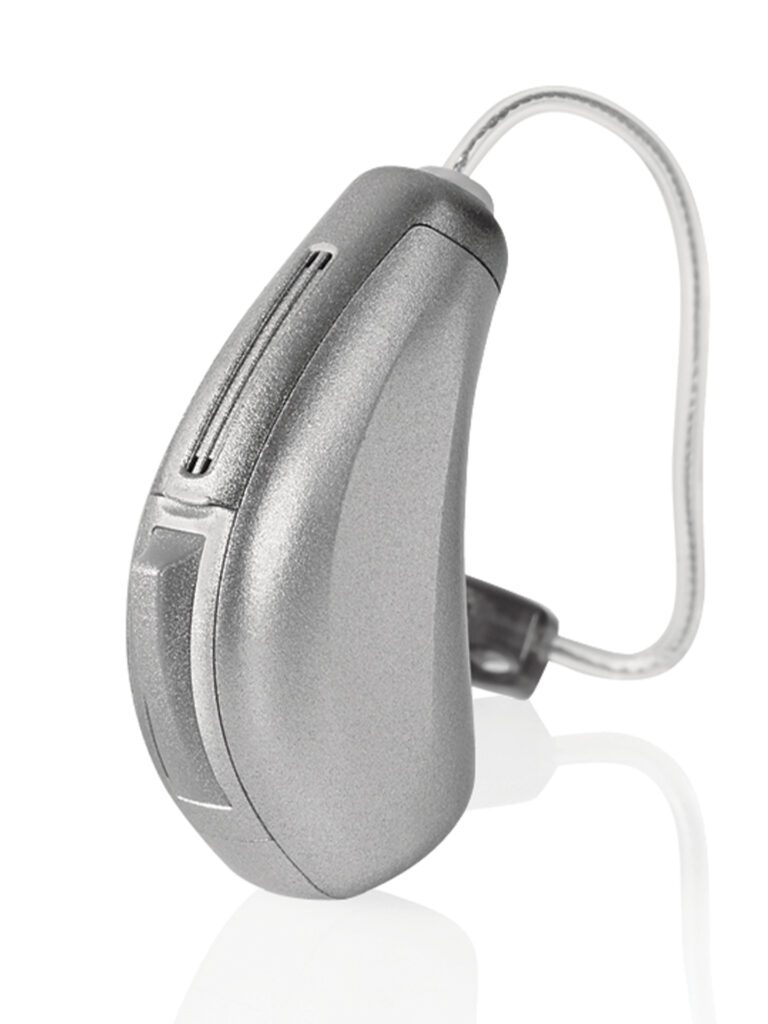For individuals facing single sided deafness, new technology can provide relief.
Understanding Single Sided Deafness
As the name suggests, single sided deafness is the loss of hearing in one ear. Diagnosed in close to 60,000 people each year, the condition can affect a person’s ability to localize sound and relay speech signals to the brain. It’s also common for individuals with single sided deafness to experience the head shadow effect, which is a phenomenon that causes sounds that originate on the side of the deaf ear, also called the dead ear, to be missed entirely. A person with single sided deafness may have anywhere from normal hearing to some degree of loss in the good ear.
Single sided deafness can be caused by a number of conditions including a genetic defect, an infection, an acoustic neuroma (a benign tumor that develops on the nerve that connects the ear to the brain), and Meniere’s disease (a chronic condition caused by inner ear fluid buildup that affects balance and hearing).
New Solutions


The CROS (contralateral routing of sound) hearing aid system is an effective tool for those facing single sided deafness. The system includes a hearing device fixed with a microphone that is placed in the dead ear, along with a second hearing device placed in the hearing ear.
The BiCROS (bilateral routing of sound) system, while similar, is designed for individuals with little to no hearing in one of their ears and a hearing loss in the better ear.
How They Work
With both systems, the devices in each ear communicate wirelessly. This means the microphone in the affected ear will pick up sound and transmit it to the device fitted in the hearing ear. The systems, which are small and discreet, reduce background noise and decrease echoes and reverberations to make listening easier.
Benefits to Patients
The brain uses both ears to process sound, so limited functionality in one or both can cause a serious hindrance. With new and improved technology, those struggling with hearing loss can find relief and return to activities they love.


